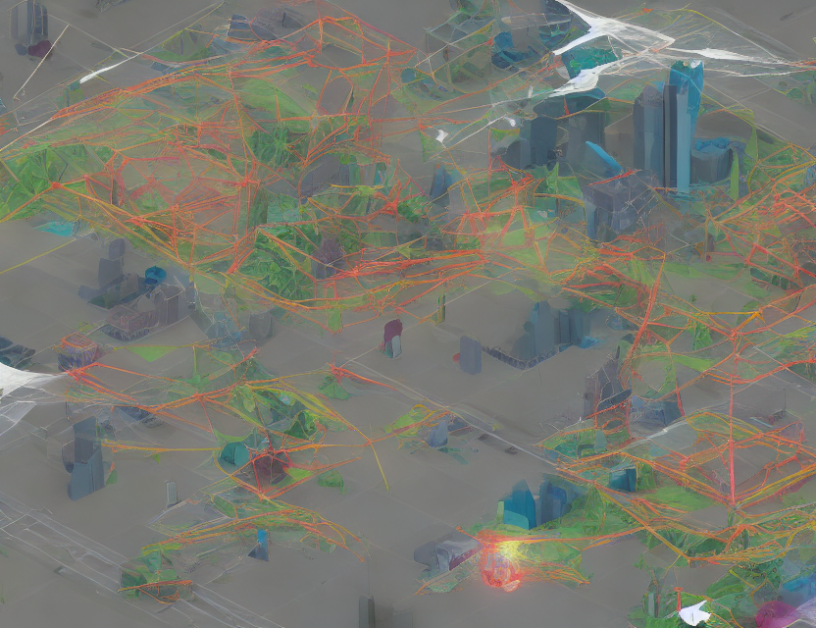In the world of proof assistants, tactic decomposition is a crucial aspect of helping users navigate complex mathematical proofs. Tactics are like cooking recipes for mathematicians – they provide a series of steps to help build a proof term, but these steps can be long and hard to manage without some organization. The article explores how Coq, a popular proof assistant, approaches tactic decomposition through the use of labels, which provide additional information about each definition, and tactics are decomposed into simpler pieces that can be more easily analyzed and managed.
The article highlights two main challenges in dealing with complex tactics: firstly, how to determine the optimal level of decomposition for a given expression, and secondly, how to handle custom-defined tactics that cannot be easily decomposed. To address these challenges, the authors propose several strategies, including using labels to provide additional information about each definition, and leveraging machine learning techniques to improve the accuracy of graph-based representations of tactics.
The article also compares text-based representations of tactics with graph-based representations, noting that while graph-based representations are richer and more accurate, they can be less efficient in terms of performance. The authors suggest that a balance between simplicity and thoroughness is necessary to effectively demystify complex concepts and capture the essence of the article without oversimplifying.
In summary, "Tactic Decomposition in Proof Assistants" explores how Coq and other proof assistants can help users navigate complex mathematical proofs by decomposing tactics into simpler pieces, leveraging labels and machine learning techniques to improve accuracy, and striking a balance between simplicity and thoroughness in representing complex concepts.
Computer Science, Logic in Computer Science
Agent-Based Synthesis of Coq Proofs: A Graph-Based Approach



